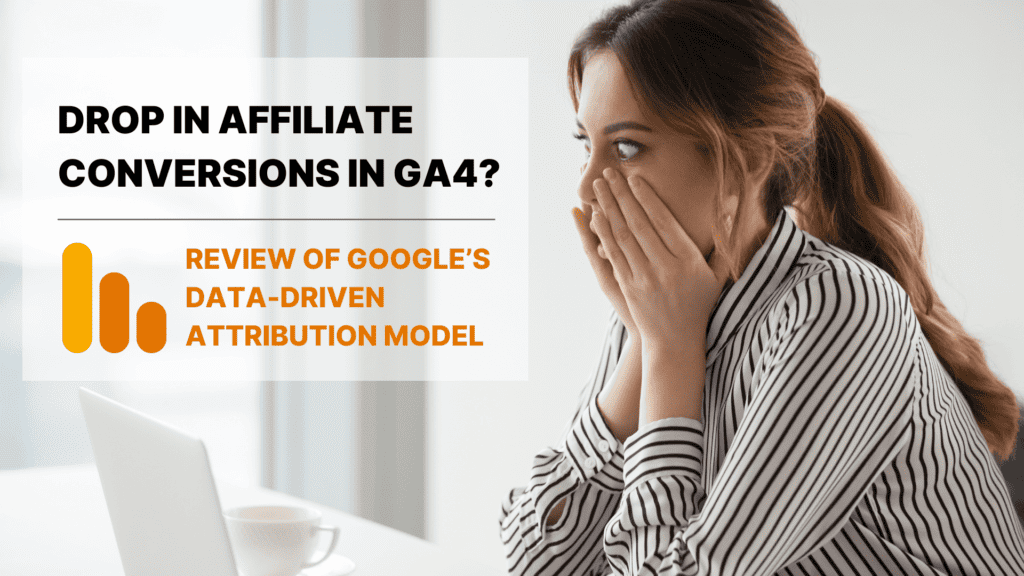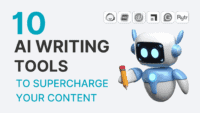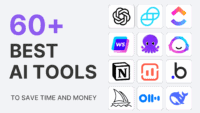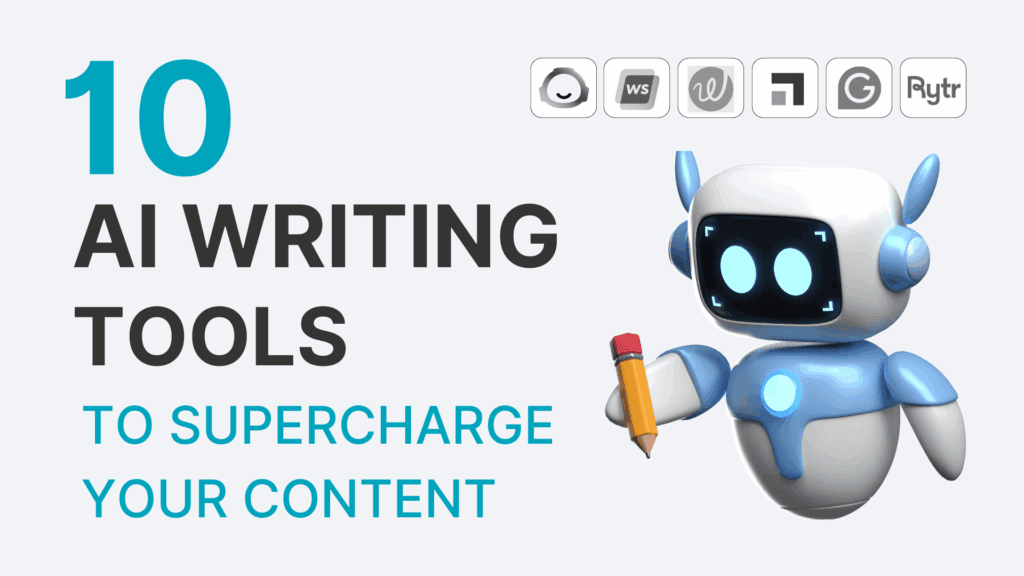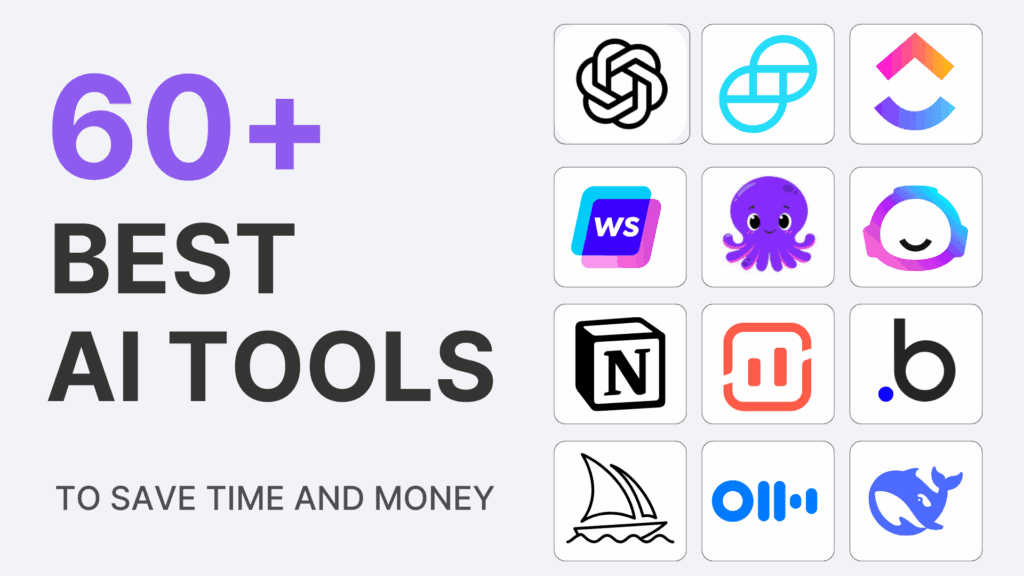In the ever-evolving realm of digital marketing and the constant shifts in consumer behaviors and purchasing decisions, staying ahead of the curve is not merely a choice but a necessity.
As businesses strive to understand the intricacies of user behavior and optimize their marketing strategies, the introduction of Google Analytics 4 (GA4) has ushered in a new era of data-driven insights.
At the heart of GA4 lies its robust data-driven attribution models, reshaping how marketers comprehend and allocate credit to various touchpoints in the customer journey.
But at what cost?
We will explore GA4’s data-driven attribution (DDA) models, exploring the impact of tracking, limitations, and the pivotal role it plays in shaping decisions for marketing budget allocation, targeting, and ongoing optimizations.
Understanding data-driven attribution models
In marketing, data-driven attribution (DDA) is an advanced approach to understanding and assigning value to various touchpoints along a customer’s journey based on data analysis.
Unlike traditional attribution models, which often rely on predetermined rules or heuristics, data-driven attribution uses statistical models and machine learning algorithms to dynamically attribute credit to different marketing channels or interactions.
The goal of data-driven attribution is to provide a (supposedly) more accurate and nuanced representation of how different touchpoints contribute to a conversion.
But is it really true?
By leveraging data and sophisticated analytics, marketers can gain insights into the effectiveness of their marketing efforts at each stage of the customer journey. This approach allows for a more informed allocation of resources and optimization of marketing strategies to maximize return on investment.
Popular marketing platforms, including Google Analytics, offer DDA models.
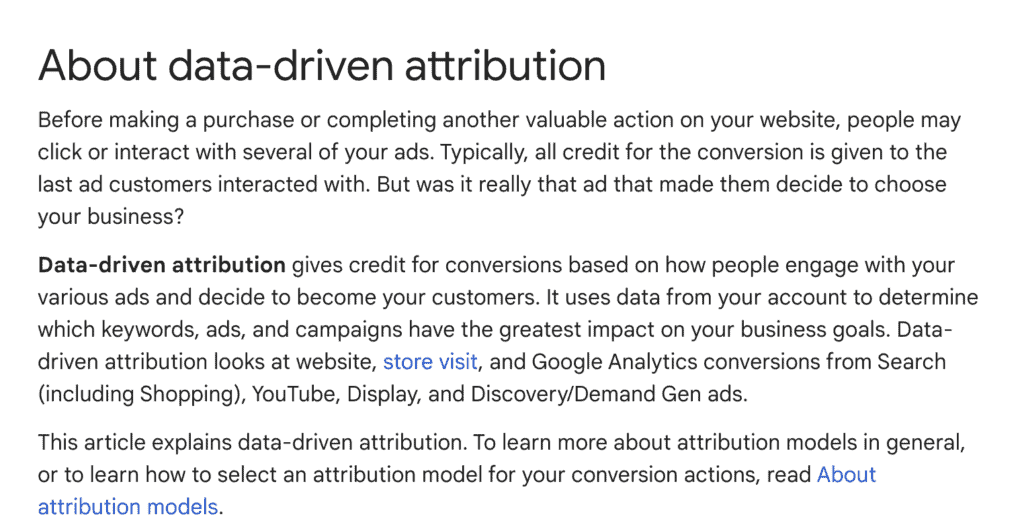
The DDA model in Google Analytics will help provide more details on which keywords, ads, ad groups, and campaigns contributed the most to reaching your business goal.
This model uses conversion data to calculate the actual contribution of each touchpoint, as opposed to Google Analytics’s sunseted attribution models in which credits were usually given to the first click, linear, time decay, position-based, or last click in the path-to-purchase funnel.
November 2023 Update: Only last click and DDA models are now available in Google Analytics.
As the DDA model of GA4 heavily relies on Google campaigns, we cannot help but wonder about the real benefits of (solely) using this model to inform more complex media programs, and how non-Google channels and sources are being credited.
Benefits of using data-driven attribution models in digital marketing
It is true that there are some benefits of using the DDA model such as;
- Improving the accuracy in crediting conversions to the right touchpoints.
- Finding opportunities to influence customers earlier on their path to conversion.
- Optimize bids based on “Google” ads performance.
Nonetheless, more and more advertisers, marketers, and online businesses raise their concerns about the significant impact on conversions recorded in GA4. Let’s explore further the limitations and red flags of the model, especially its effect on the Affiliate channel.
The significant drop in affiliate conversions in GA4
Google Analytics – by nature- is used to provide advertisers with different attribution models that help them better understand how people search, engage with ads, and convert.
The data-driven attribution model does remove some of the guesswork but comes with many limitations though.
Many advertisers, affiliate program managers, and clients have reported that GA4 is under-reporting revenue for non-Google channels such as Affiliate, Email, or Social, compared to the previous Google Analytics version.
Affiliate Networks started to investigate further and CJ was the first to open the topic about the potential reasons for these conversions and revenue misattributions, which were still accurate and stable within their platforms.
A noticeable impact on “email”, “social”, or “affiliate” channels have been noticed in the conversion path as Google, by default, will no longer consider data, contribution, and conversions from these channels in the DDA algorithms, unless data are SIGNIFICANTLY high enough to be baked into the machine learning mechanism of the model.
Google’s position on the DDA model seems to be in favor of investing further optimizations – implying further financial investments- in their owned channels such as YouTube, Search, Display, and Discovery Ads.
In a multi-channel marketing program, GA4 should not be your unique source of truth.
Here’s why;
With the DDA model of GA4, the same touchpoint can be counted multiple times, while it was combined into one path in GA.
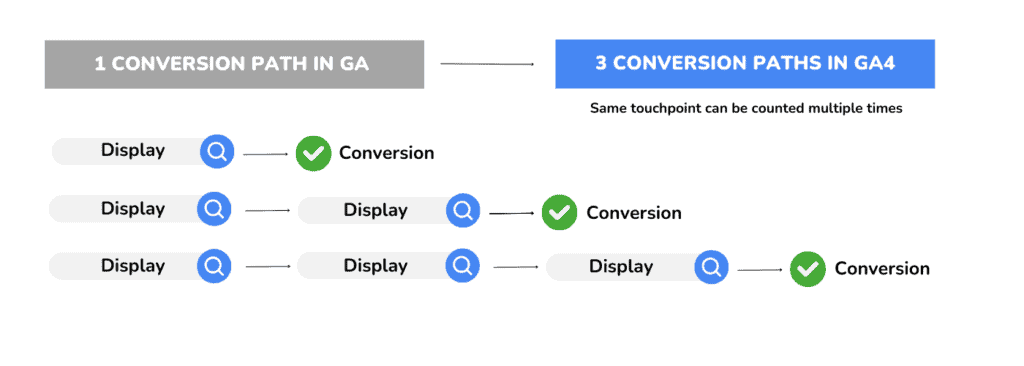
Let’s give an example of an online store, running an affiliate program that yielded over 700 conversions in the past 30 days, all of them being recorded in the affiliate platform or software used to track performance.
In the previous Universal Analytics model, all paths where this channel was the unique channel driving the conversion were consolidated into one path, disregarding how many times or touch points happened before the conversion.
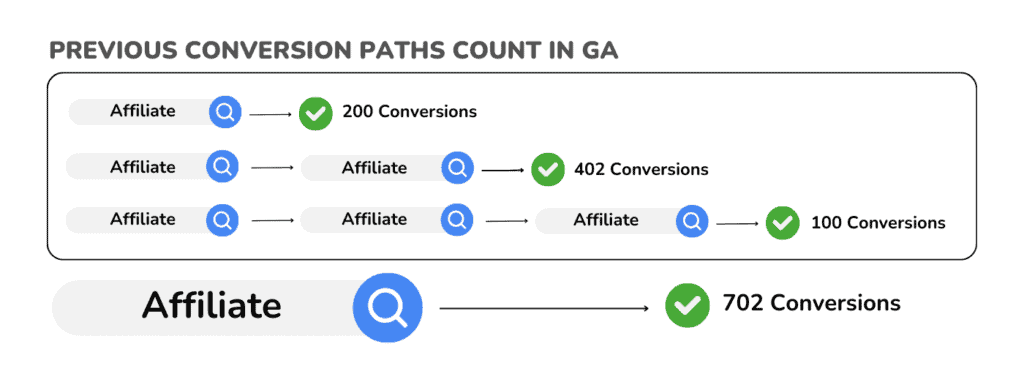
Shifting to GA4 and to the default data-driven attribution model, it now requires at least 400 conversions per unique path over 30 days. If this threshold is not met, all conversion path journeys are discarded from the DDA model, considered as “insufficient data to generate model”.
If your affiliate marketing program generated 702 conversions over the past 30 days as in the previous example, only 402 conversions (from unique conversion paths), will be accounted for.
That’s a 40% drop in affiliate conversions recorded for the period.
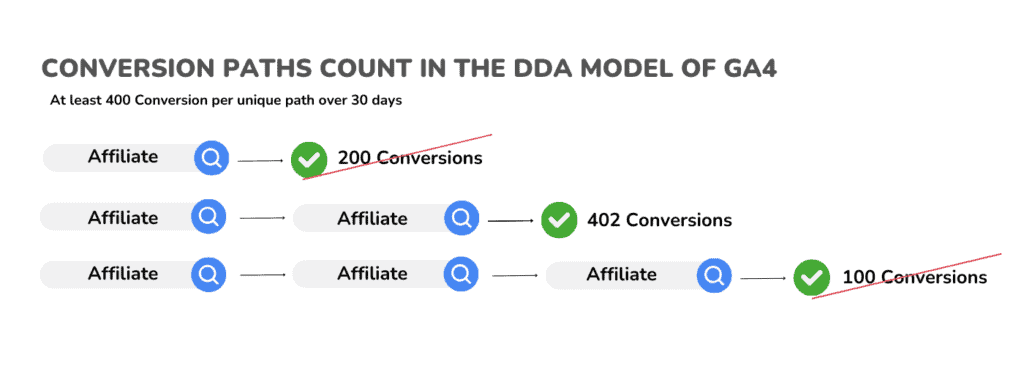
It is true that unique conversion paths are more and more rare, as consumers “consume” more media in many formats and are considering more options before moving to taking action.
In this context, we could assume that any net new affiliate program or program generating less than 400 solo contributed actions or last-click affiliate conversions (single touchpoints) over the past 30 days, will be disregarded in Google Analytics 4.
Therefore, we highly recommend that businesses using GA4 as an attribution tool invest time exploring the performance of their affiliate marketing, email, and social initiatives, directly into their respective platforms (Impact, CJ, Meta, Klaviyo, Salesforce, etc.)
Client-side tracking pixels issue
Another issue arising from the model is that GA4 tracking is set to rely on client-side browser tracking and won’t be able to capture conversion data for browsers using privacy tools, ad blockers, and other fraud-tracking prevention tools.
This issue has another major impact on how to interpret campaign performance in GA4 and make the right decision for your program optimizations. This does impact beyond the non-Google channels and does affect your Search, Display, or YouTube campaign as well.
It is again important to consider other tracking and attribution capabilities for your marketing campaign optimization, budgeting, and targeting decisions to combat this performance misrepresentation.
That is another way for Google to incentivize marketers and advertisers to rely on Google Ads tracking combined with the GA4 data-driven model that will provide more trackable and reliable data to help optimize the Google Ads channel.
Once again, non-Google channels such as Email, Affiliate, or Social will likely continue to be misrepresented.
Recommendations for marketers relying on the DDA model of GA4
We recommend anyone involved in managing a media budget, optimizing digital campaigns, driving affiliate conversions, or simply making budgeting and targeting decisions consider the following:
- Align with your digital marketing and finance teams on the attribution model to adopt, the value of your data, and the credits you will give to your conversions in GA4.
- If your performance marketing program is derived from a last-click methodology in GA, then update the attribution model to resume to a “last click” model in your GA4 account to better close the gap and channel discrepancies, and to give a more accurate view of your entire marketing program. Note that, by default, GA4 sets a data-driven attribution reporting model.
- In your GA4 account, make sure to review what channels will be eligible to receive conversion credits. While this does not solve the issue with the conversion drop for affiliate and other non-Google channels, it does help credit the value of owned media channels such as email and social in the conversion path.
- If you stick with the DDA model of GA4 as a source of truth for your attribution model, you should then not use Google’s data-driven attribution model to measure the performance of your affiliate channel.
- Affiliate and publishers’ performance should be measured and analyzed using your affiliate network’s reporting solutions; Impact, CJ, Awin, and many other affiliate networks offer robust solutions to analyze conversions, partner contribution, and incremental rates, and get an accurate view of your campaigns’ effectiveness with affiliates, influencers, and content creators.
- Couple GA4 with other holistic attribution models and solutions that will take into consideration all your media and marketing channel touchpoints to support your Data-Driven Decision Making (DDDM) process.
- Regularly audit and monitor your program for major conversion fluctuations and do not jump into hasty decisions to optimize your campaigns without fully understanding the big picture.
Also, you should head to your Google Analytics 4 settings to adjust the attribution of your ads including or excluding email and social ads from the conversions being imported into your Google Ads program.
If you want to give more credit to Email and Social, switch to Paid and Organic channels attribution then. This will not resolve the affiliate channel conversion drop though.


Wrap-Up
While we encourage advertisers and businesses to embrace a data-driven attribution model to improve optimization and bidding strategies for Google ads, the performance of your owned and earned media programs such as Affiliate Marketing, Email, and Social should not be discarded in GA4.
With Affiliate marketing, many affiliate networks and solutions are in place to offer all the right tools and performance reports to inform the effectiveness of your investment in the channel, and the value of your partnerships with publishers, influencers, and content creators.
For more details about affiliate conversion and attribution models, contact us to take your program to the next level.
Your Success Starts with ‘The Good Attribution’!


